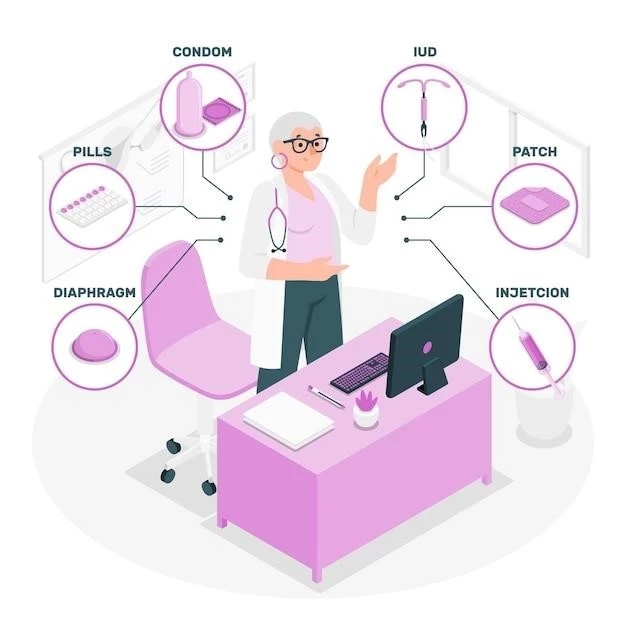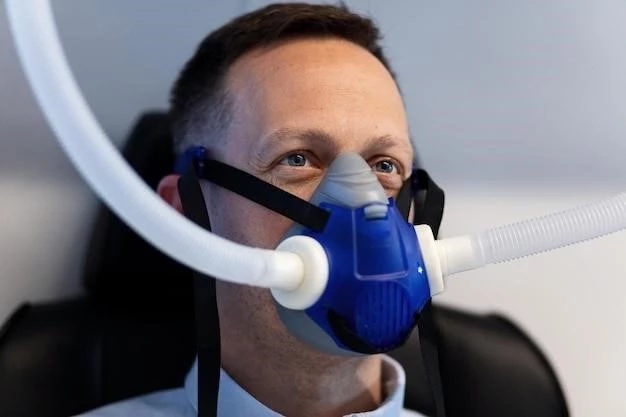Understanding Diaphragmatic Agenesis
Diaphragmatic agenesis is a rare birth defect that affects the development of the diaphragm, leading to respiratory distress in newborns. Understanding the causes, symptoms, treatment options, and long-term outcomes is crucial for managing this condition effectively.
Introduction to Diaphragmatic Agenesis
Diaphragmatic agenesis is a rare and serious congenital anomaly where the diaphragm fails to form properly during fetal development. This results in an abnormal opening in the diaphragm, allowing abdominal organs to move into the chest cavity. The condition leads to pulmonary hypoplasia, a serious complication where the lungs do not develop fully, causing respiratory distress after birth. Diaphragmatic agenesis is often associated with polyhydramnios, an excess of amniotic fluid in the womb. Diagnosing this condition early through fetal ultrasound is critical for planning appropriate care and interventions. Newborns with diaphragmatic agenesis often require immediate medical attention, including neonatal intensive care and ventilator support to assist with breathing. Surgical intervention may be necessary to repair the diaphragmatic defect and reposition abdominal organs back into the abdominal cavity. The prognosis for infants with diaphragmatic agenesis varies depending on the severity of the condition and the presence of associated complications. Long-term outcomes may include respiratory issues, developmental delays, and potential gastrointestinal problems. Understanding the complexities of diaphragmatic agenesis is essential for healthcare providers and families to provide optimal care and support for affected individuals.
Causes and Risk Factors
Diaphragmatic agenesis results from a failure of the diaphragm to form properly during fetal development. The exact cause of this birth defect is often unknown, but genetic factors, environmental influences, or a combination of both may play a role. Risk factors for diaphragmatic agenesis include maternal smoking, maternal obesity, certain medications, and exposure to toxins during pregnancy. Genetic syndromes and chromosomal abnormalities can also increase the likelihood of this condition. Understanding these causes and risk factors can help healthcare providers assess the likelihood of diaphragmatic agenesis in high-risk pregnancies and provide appropriate monitoring and care to ensure the best possible outcomes for both the mother and the baby.
Diagnosis and Prenatal Screening
Diagnosing diaphragmatic agenesis often starts with prenatal screening through fetal ultrasound. This imaging technique allows healthcare providers to detect abnormalities in the diaphragm and assess the position of abdominal organs in the chest cavity. A diagnosis of diaphragmatic agenesis is confirmed through further imaging studies such as fetal MRI or echocardiogram. Prenatal diagnosis is crucial as it enables healthcare teams to plan for the delivery and immediate care of the newborn. In cases where diaphragmatic agenesis is suspected, genetic counseling may be recommended to evaluate the risk of recurrence in future pregnancies. Regular prenatal check-ups and monitoring can help healthcare professionals identify potential complications early and provide appropriate support to the expecting family. Collaborating with a multidisciplinary team of specialists can ensure comprehensive care and guidance throughout the pregnancy and delivery process.
Symptoms and Complications
Diaphragmatic agenesis presents with various symptoms and complications, including respiratory distress, cyanosis (bluish skin coloration), rapid breathing, and difficulty feeding. Newborns with this condition may require immediate medical intervention, such as ventilator support to help with breathing. Pulmonary hypoplasia, a common complication of diaphragmatic agenesis, can lead to long-term respiratory issues and developmental delays. Other complications may include gastrointestinal problems, such as gastroesophageal reflux. It is essential for healthcare providers to monitor and manage these symptoms and complications promptly to improve the infant’s overall prognosis and quality of life. Long-term follow-up care is crucial to address potential challenges and provide ongoing support for the child and their family.
Treatment and Prognosis

The treatment of diaphragmatic agenesis often involves a multidisciplinary approach with neonatologists, pediatric surgeons, and other specialists. Newborns with this condition may require immediate respiratory support, including ventilator assistance, to address breathing difficulties. Surgical intervention is often necessary to repair the diaphragmatic defect and reposition abdominal organs into the correct cavity. The prognosis for infants with diaphragmatic agenesis depends on the severity of the condition, associated complications, and the timeliness of diagnosis and treatment. Long-term outcomes may include respiratory issues, neurodevelopmental challenges, and potential gastrointestinal issues. Close monitoring and follow-up care are essential to address these concerns and provide the best possible quality of life for the child.
Support and Follow-Up Care
After initial treatment for diaphragmatic agenesis, ongoing support and follow-up care are crucial for the child’s well-being. This may involve regular evaluations by a pediatric pulmonologist, pediatric surgeon, and developmental specialists to monitor respiratory function, growth, and development. Physical therapy and early intervention programs can help address any motor or developmental delays that may arise. Parents and caregivers should receive education and guidance on managing potential long-term complications, such as respiratory issues or feeding difficulties. Psychosocial support for the family can also play a vital role in coping with the challenges of caring for a child with diaphragmatic agenesis. By establishing a comprehensive care plan and collaborating with a healthcare team, families can navigate the complexities of this condition and promote the best possible outcomes for the child’s future.
